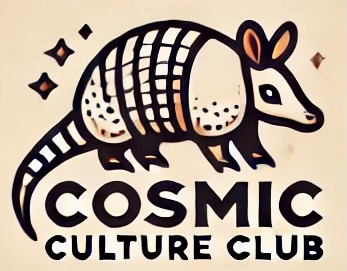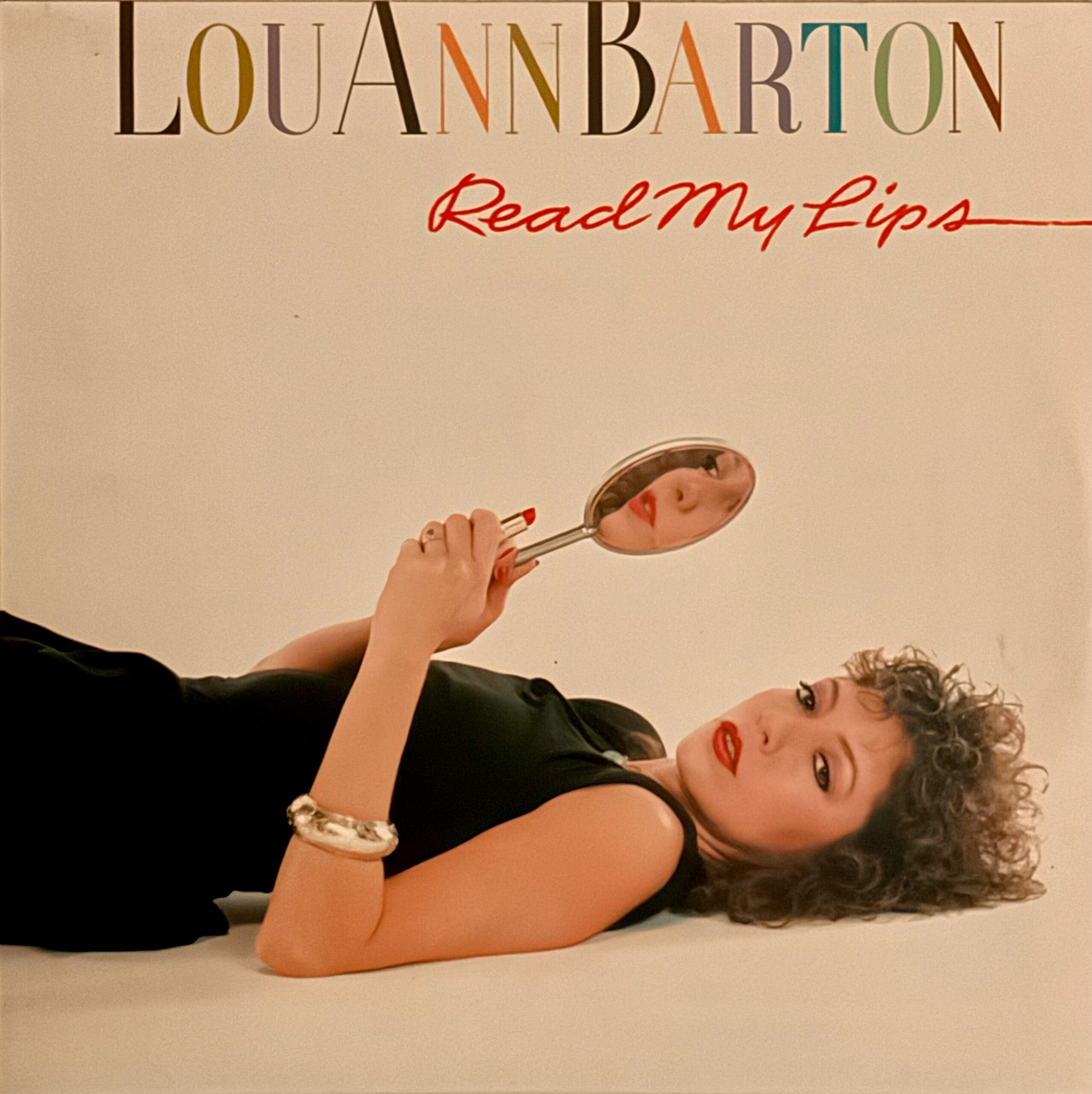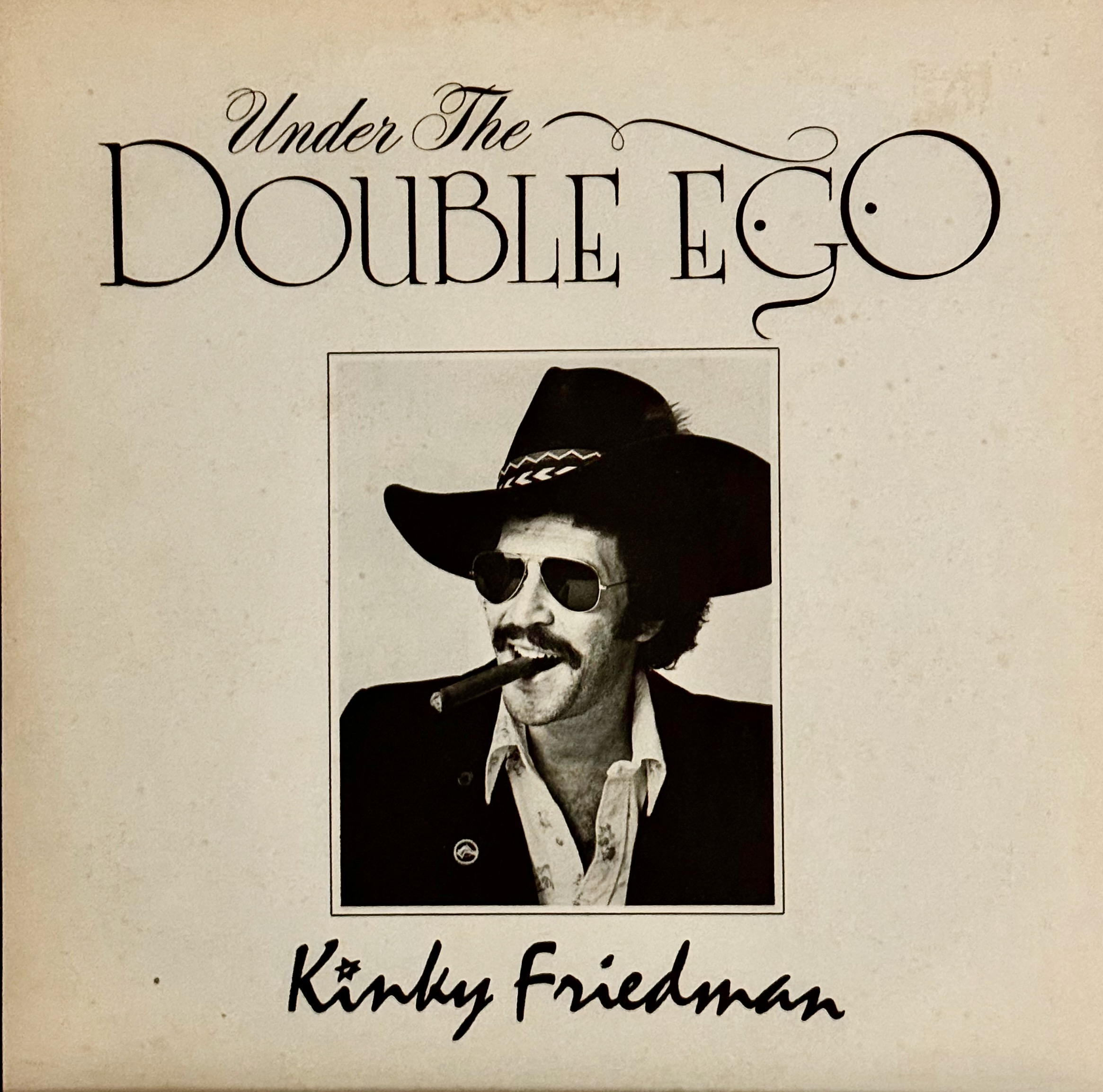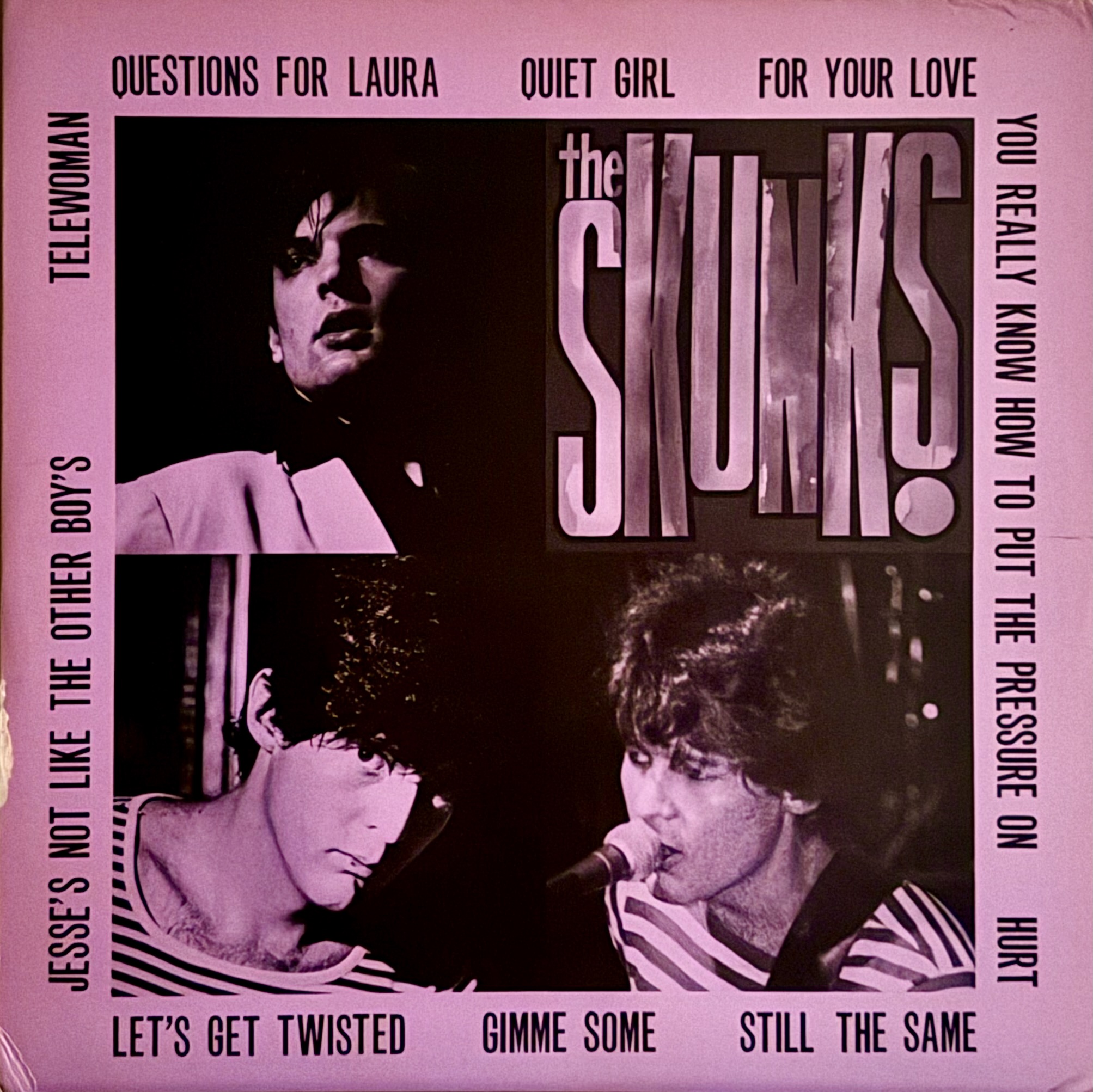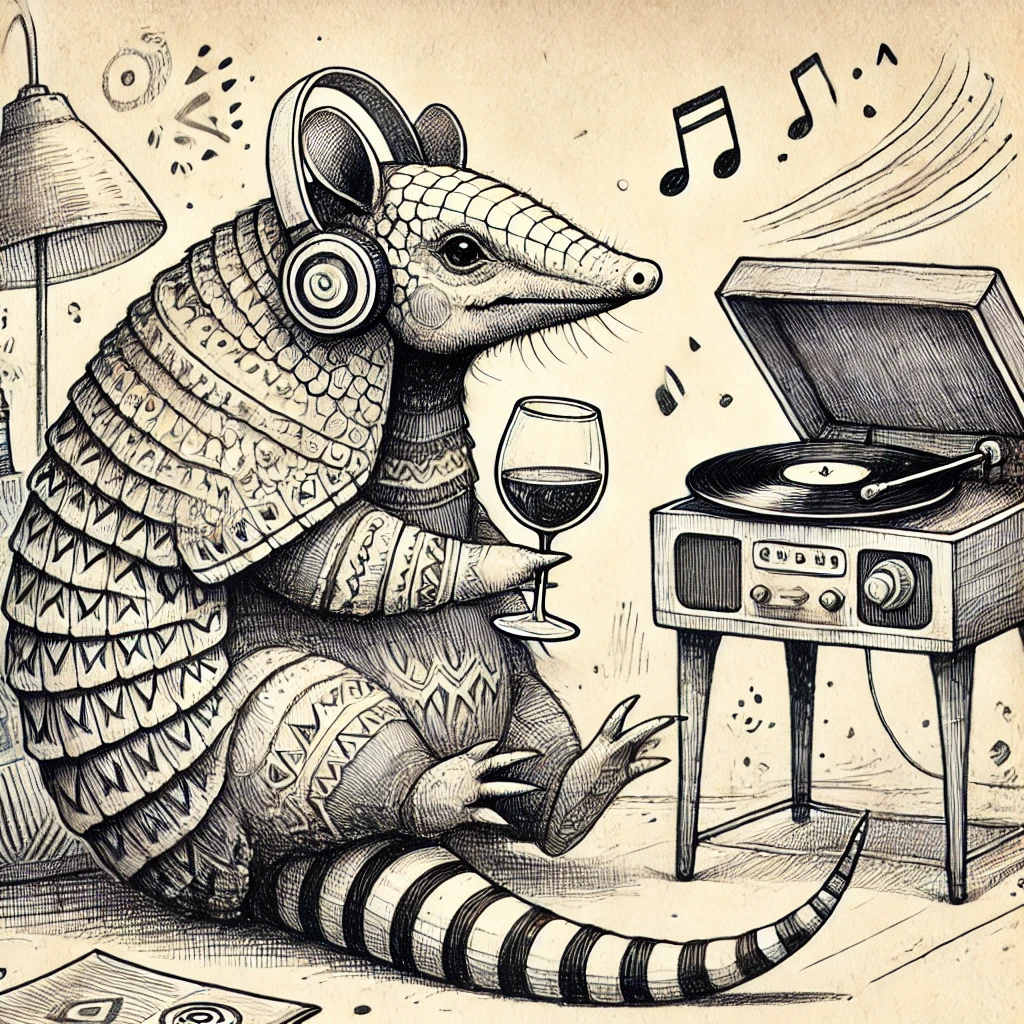Townsend Miller is a character who should not exist in the real world, but for over a decade he was one of the unique personalities comprising the outlaw country scene that permeated Austin in the seventies. He is a throwback to a time when America was great, and dinosaurs like Hunter S. Thompson roamed the country disguised as journalists. Townsend’s life reads like a tall tale, with one outrageous event following another. He set a world record for catching the largest long-nosed garfish (and ignited a controversy that burns to this day), but he is best remembered for reporting on Austin’s country music for the Austin American Statesman from 1972 to 1983. It wasn’t just the reporting that made him memorable, but also the way he reported. He led a double life—spending his days in an office and his nights in honky-tonks. He was one of a kind. Things just happened to him, even when he didn’t want them to—like the months-long battle he waged against a particularly stubborn case of the hiccups. Even his death was dramatic and mysterious; his body was found one morning next to a burning car on the shores of Town Lake.

He was well known for the bi-weekly column he published in the Austin American-Statesman. His beat was country music, and he prided himself on knowing what was happening in every club in Austin on any given night. It was a job he took very seriously, though not one he was paid for. It was a Jekyll and Hyde existence. At 8:30 every morning, he was in the office, suit and tie on, performing his stockbroking duties for Merrill Lynch. He was good at it, but he wasn’t interested in getting better. “I didn’t want to be a stockbroker twenty-four hours a day,” he later reflected. He solved this problem by “fitting two days and two nights into every twenty-four-hour period.” Stockbroking was the paying gig, but journalism was his profession.
Like Hunter S. Thompson, he was a professional. At 5:30 pm, he would return from his day job, have dinner, and go to bed. Four hours later, he would get up again, mix a flask of “Townsend’s Treacherous Treat”—a vile concoction of vodka and crème de menthe—and then spend the night traveling between the Armadillo World Headquarters, Soap Creek Saloon, Continental Club, Broken Spoke, and other Austin hot spots as he performed his nightly beat. His target was to hit five or six establishments a night. His record was nine. Sometime in the early morning hours, he would return to his bed for a nap before restarting the cycle. He kept this routine for over ten years.
He was a player among the night people. His words were valuable to the artists and club owners he reported on. There was a flurry of activity when he entered a club, he was there to do business, and there were questions that needed to be asked and information that needed to be exchanged. Once business was finished, there might be time for a swig from the flask and a few moments to enjoy the music, but then it was off to the next stop. He was a VIP at every club, but Townsend wasn’t in it for kickbacks or favors—he was a professional. It was his job to know people, and he made it a point to know all the musicians, not just the big names, but also the supporting cast—like those playing fiddles and harmonicas away from the limelight. Townsend was a journalist, not a critic, and that’s a distinction he wanted to be clear on. He didn’t even trust the idea of a critic. “I watch the crowds,” he stated. “A critic who relies on his own judgment is stupid, or a super egotist.”
Miller never got to write the column he initially intended. He thought he would write a traditional newspaper column about traditional country and western music, but things just happened around Townsend Miller, and he found himself reporting from the front lines of a counter-culture revolution. “You began to see some amazing sights,” he told a reporter for the Chicago Tribune, reflecting on his early experiences. “Rednecks and longhairs, side by side, drinkin’ and dancin’, everybody having a good time. I enjoyed writing about that.” You could see hints of that phenomenon in his first column, published in 1972. He gave a rousing endorsement for Austinites to get out and see a local band by the name of Greezy Wheels, including effusive praise for the skills of the female fiddle player, but ended with a word of advice for his readers: “A tip: Don’t wear a coat and tie. Their audiences are dominated by the young and informal. Don’t go at all if long-haired boys and blue-jeaned girls irritate you.”
Townsend was a journalist to his core. Stockbroking was something he started doing for money when he was forty. Prior to that, he served as editor of Texas Game & Fish magazine, where he took the unpopular position of advocating for gar fishing. Gar are creatures that should not exist in the modern world. They are giant, scaly dinosaurs that thrive in the muddy waters of the Trinity River near Crockett, where Townsend and his buddies liked to fish. They put up a massive fight when hooked, and their mouth full of teeth make them dangerous. Townsend caught a world-record long-nosed gar weighing fifty pounds, five ounces, and over six feet long, a feat he mused he might never be topped, and so far, he’s right.

His writing days came to an abrupt end in 1983. “I intended to take a few weeks off, and I never wrote another column again,” he explained. “I was tired of working. I’d grown up during the Depression, and I was selling magazines when I was five. I had worked for sixty years, and that was enough.” There was an appreciation day that included a black-tie dinner and a show at the Paramount, but every advertisement for it included a note, at Townsend’s insistence, that the real party started at 2 am at the Texas Opera House, and there would be free beer.
By 1989, he was no longer writing his column, but gastrointestinal issues put him back in the headlines. He caught the hiccups. And then he kept them. After several months of suffering, solving the issue became a community event. Sammy Allred hosted a call-in show so listeners could offer remedies. Townsend tried everything: drinking water upside down, breathing into a bag, any crackpot idea a stranger recommended. He even tried drinking vinegar, but regretted that. “That’s horrible, drinking straight vinegar,” he told the Statesman—and that came from a man with a flask of vodka and crème de menthe in his pocket.
There were only two things that brought temporary relief. “One thing that will cut them off, and that’s a sneezing fit,” he told the reporter. “I’ve had a series of sneezing fits for many years, you know, where I sneeze ten or twelve times in a row? And that’s the greatest blessing I have these days.” There was also vodka. “But I don’t want to stay drunk all the time,” he explained.

He never beat the hiccups. Less than a month after Allred’s call-in show, Townsend was found dead next to a burning car on the shores of Town Lake. The last person to see him alive was Gary P. Nunn. Despite being sixty-nine years old and no longer writing a column, Townsend was running the beat again. He liked visiting the old clubs and seeing his old friends. That night, he stopped by Raven’s at Sixth Street and Red River around 2:30 am to check in on Nunn and see how that night’s show went. He told Nunn he wasn’t feeling well, was suffering from one of his hiccup attacks, and was going to head home.
The police concluded it was a tragic accident. The spot where the car was found on Holly Beach was one of Townsend’s favorite locations. A long dirt path terminated on the shores of the lake, and the grass was particularly overgrown at the time. The conclusion was that Townsend drove to the location to relax and got stuck when he parked too close to the shoreline. He likely decided to spend the night in the car and either fell asleep while smoking a cigarette or left the car running. Either way, something ignited the dry grass, leading to the fatal fire.
When Austin adopted the slogan “Keep Austin Weird,” it was a nod to colorful characters like Townsend Miller—people who used their uniqueness to leave a lasting impression on the city. Living two days in every twenty-four-hour period is exhaustingly unique, but by doing so, he was able to see the majority of country music shows performed in Austin in the 1970s. Luckily for us, he left his notes behind in the pages of the Austin American-Statesman.

